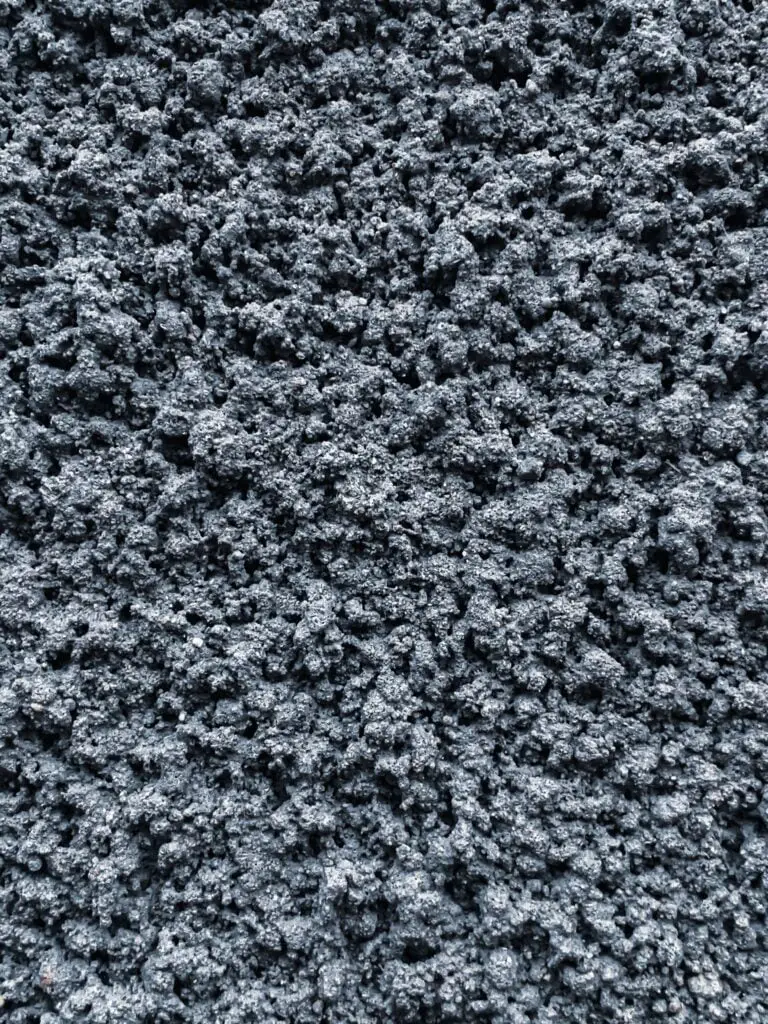The Philippines, an archipelago prone to various natural disasters, has been grappling with the challenges of ensuring the safety and resilience of its infrastructure.
Structural audits, a critical aspect of this endeavor, have emerged as a crucial tool in assessing the stability and safety of buildings and bridges across the nation.
This article delves into the multifaceted effects of structural audits in the Philippines, shedding light on their significance, challenges, and potential for transformative change.
I. The Need for Structural Audits in the Philippines:
- Natural Disaster Vulnerability: The geographical location of the Philippines exposes it to a myriad of natural disasters, including earthquakes, typhoons, and floods. The vulnerability of structures to these calamities necessitates a proactive approach to ensure public safety and reduce potential damage.
- Aging Infrastructure: Many structures in the Philippines, especially in urban areas, are aging, and the wear and tear over the years can compromise their structural integrity. A comprehensive structural audit becomes imperative to identify potential hazards and prevent catastrophic failures.
II. The Role of Structural Audits:
- Identification of Vulnerabilities: Structural audits serve as a diagnostic tool, revealing vulnerabilities in buildings and bridges. This includes assessing the quality of materials used, the construction methods employed, and adherence to building codes and standards.
- Preventive Maintenance: By conducting structural audits regularly, authorities can implement preventive maintenance measures. Timely identification of issues allows for targeted repairs and enhancements, preventing major structural problems that could arise if left unaddressed.
III. Positive Impacts of Structural Audits:
- Enhanced Public Safety: The foremost impact of structural audits is the enhancement of public safety. Identifying and rectifying structural vulnerabilities ensure that buildings and bridges can withstand natural disasters, safeguarding the lives of citizens.
- Improved Infrastructure Resilience: The resilience of infrastructure is paramount in the face of natural disasters. Structural audits contribute to the overall resilience of buildings and bridges, enabling them to withstand external forces and maintain functionality even in adverse conditions.
- Investor Confidence: A robust structural audit system instills confidence in investors, both domestic and foreign. The assurance of safe and resilient infrastructure encourages investment in construction projects, contributing to economic growth.
IV. Challenges in Implementing Structural Audits:
- Resource Constraints: The Philippines faces resource constraints in terms of finances and skilled manpower, hindering the widespread implementation of structural audits. Overcoming these challenges requires strategic planning and resource allocation.
- Adherence to Standards: Ensuring that structural audits adhere to international standards is a persistent challenge. Harmonizing local practices with global benchmarks is essential to establish credibility and effectiveness in the assessment process.
V. Future Outlook:
- Technology Integration: The integration of advanced technologies, such as artificial intelligence and drones, holds promise in improving the efficiency and accuracy of structural audits. Automation can streamline the process, making it more cost-effective and accessible.
- Capacity Building: Investing in the training and development of professionals in the field of structural engineering is crucial. Enhancing the capacity of local experts ensures a sustainable and effective structural audit framework.
Conclusion:
In conclusion, the effects of structural audits in the Philippines are far-reaching, encompassing public safety, infrastructure resilience, and economic development.
While challenges persist, the ongoing commitment to identifying and rectifying structural vulnerabilities sets the stage for a safer and more resilient built environment.
The evolution of structural audit methodologies and the integration of technology are pivotal in shaping a future where the nation’s infrastructure can withstand the tests of time and nature.
To see other material construction prices, please see here.
To know other construction guides, tips, and methodology for beginners, veterans, and contractors, please see here.

